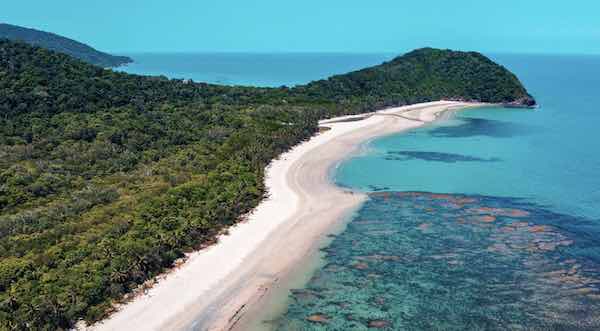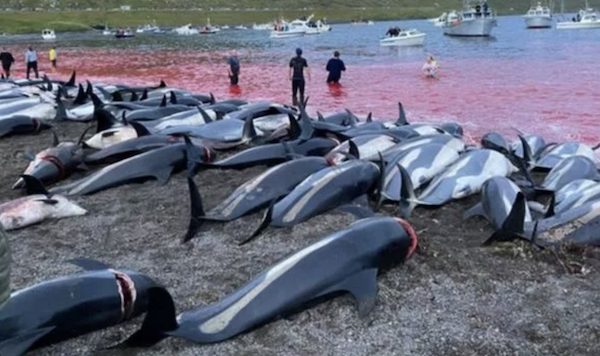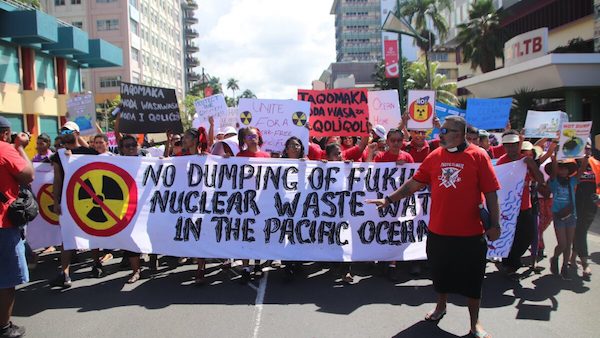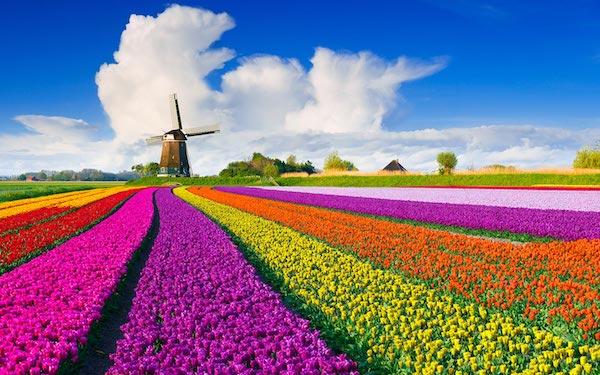
(quote)
Meet the world’s largest plant: A single seagrass clone stretches 180 km in Western Australia’s Shark Bay
Next time you go diving or snorkeling, have a close look at those wondrously long, bright green ribbons waving with the ebb and flow of water. They are seagrasses—marine plants which produce flowers, fruit, and seedlings annually, like their land-based relatives.
To find out how many different individual plants are growing in a seagrass meadow, you have to test their DNA. We did this for meadows of ribbon weed seagrass called Posidonia australis in the shallow sun-drenched waters of the Shark Bay World Heritage Area, in Western Australia. The result blew us away: it was all one plant. One single plant has expanded over a stretch of 180 km making it the largest known plant on Earth.
It is challenging to determine the exact age of a seagrass meadow, but we estimate the Shark Bay plant is around 4,500 years old, based on its size and growth rate. Other huge plants have been reported in both marine and land systems, such as a 6,000-ton quaking aspen in Utah, but this seagrass appears to be the largest to date. Other huge seagrass plants have also been found, including a closely related Mediterranean seagrass called Posidonia oceanica, which covers more than 15 km and may be around 100,000 years old.
Seagrasses protect our coasts from storm damage, store large amounts of carbon, and provide habitat for a great diversity of wildlife. Conserving and also restoring seagrass meadows has a vital role in climate change mitigation and adaptation.
Self-cloning Shark Bay seagrass takes title of world’s largest plant
In the shallow crystal waters of Shark Bay, Western Australia, marine scientists were stunned when they realised a seagrass meadow measuring 180 kilometres long had started as a single plant and spread by cloning itself over an estimated 4500 years.
The discovery off the westernmost point of Australia makes the meadow of Poseidon’s ribbon weed – or Posidonia australis – the largest cloned organism and plant on the planet.
The last major heatwave event, in 2010-11, killed or damaged hectares upon hectares of seagrass in Shark Bay and other marine plants along the west coast. A lot of the long blades of the ribbon weed also died off but, six years on, shoot density has been recovering in parts of the bay. Sinclair said the seagrass kept building up banks and helped maintain the environment where the 3.5 billion-year-old stromatolites – living fossils that grow 0.3 millimetres a year – occur in Hamelin Pool.
(unquote)
Image courtesy CNN






